SOURCES
Adey Peter. “Air’s affinities: Geopolitics, chemical affect and the force of the elemental”. In Dialogues in Human Geography. Volume 5, 2015, pp 54-755.
Arboleda, Martín. Planetary Mine: Territories of Extraction under Late Capitalism. London: Verso, 2020.
Barber, Daniel and Nick Axel, Nikolaus Hirsch, Anton Vidokle, ed. E-Flux Fall 2018: “Accumulation.”
Nereal Calvillo, “Particular Sensibilities”
Jennifer Gabrys, “Becoming Planetary”
Cymene Howe and Dominic Boyer, “Redistributions”
Bargatzky, Thomas and Rolf Kuschel (Eds). The Invention of Nature. Frankfurt: Peter Lang, 1994.
Boetzkes, Amanda. “Plastic Vision and the Sight of Petroculture”. In Petrocultures : Oil, Politics, and Culture. London ; Chicago: McGill-Queen's University Press, 2017.
Boetzkes, Amanda and Andrew Pendakis. “Visions of Eternity: Plastic and the Ontology of Oil.” E-Flux Journal 47 (September 2013),
Blasdel, Alex, and Jen Kagan, Ben Tarnoff, and Moira Weigel, ed. Logic Winter 2019: “Issue 09: Nature.” California: Logic Foundation, 2019.
Zero Cool “OIl is the New Data”
Alyssa Battistoni “A Repair Manual for Spaceship Earth”
“A Giant Bitumionous Litter: Donna Haraway on Truth, Technology, and Resisting Extinction”
Bratton, Benjamin. The Terraforming. Moscow: Strelka Institute, July 2019.
Braun, Bruce. “Fracking.” Antipode at 50: keywords in radical geography. March 1, 2019.
Buck, Holly Jean. After Geoengineering: Climate Tragedy, Repair, and Restoration. Brooklyn: Verso, 2019.
Chisolm, Dianne. “Rhizome, Ecology, Geophilosophy (A Map to this Issue).” Rhizome, Issue 15, Winter 2007.
Coccia, Emanuele. The Life of Plants, A Metaphysics of Mixture. Medford, MA: Polity, 2019.
Colomina, Beatriz and Mark Wigley. Are we human? Notes on an archeology of design. Zurch, Switzerland. Lars Muller Publishers, 2016
Cuboniks, Laboria. The xenofeminism manifesto: A politics for alienation. London ; Brooklyn, NY: Verso, 2018.
Davidson, Cynthia and Elisa Iturbe, ed. Log Fall 2019: “Overcoming Carbon Form.” New York: Anyone Corporation, 2019.
Elisa Iturbe, “Architecture and the Death of Carbon Modernity
Ingrid Holland, “Being Plastic”
Easterling, Keller. Medium Design. Moscow: Strelka Press, 2018.
Edwards, Paul. A Vast Machine: Computer Models, Climate Data, and the Politics of Global Warming. MIT Press, Mar 12, 2010.
Fisher, Mark. "What Is Hauntology?" Film Quarterly 66, no. 1 (2012): 16-24. Accessed April 20, 2020. doi:10.1525/fq.2012.66.1.16
Fuller, Buckmister. Operating Manual for Spaceship Earth. Carbondale: Southern Illinois University Press, 1969.
Grosz, Elizabeth. Chaos, Territory, Art: Deleuze and the Framing of the Earth. New York: Columbia University Press, 2008.
Haraway, Donna. “Anthropocene, Capitalocene, Plantationocene, Chthulucene: Making Kin.” Environmental Humanities, 2015, 6. 159-165.
Irigaray, Luce. The Forgetting of Air in Martin Heidegger. Translated by Mary Beth Mader. Austin: University of Texas PRess, 1999.
Johnson, Bob. Carbon Nation: Fossil Fuels in the Making of American Culture. Lawrence, KS: University Press of Kansas, 2014.
Hine, Lewis Wickes, photographer. A Lump of Coal. United States United States, ca. 1912. [?] Photograph.
Klein, Naomi. This Changes Everything: Capitalism vs. The Climate. New York: Simon & Schuster, 2014.
Latour, Bruno. We Have Never Been Modern. Cambridge, MA: Harvard University Press, 1993.
LeMenager, Stephanie. 'The Aesthetics of Petroleum, after Oil!' in American Literary History. Volume 24, Number 1, Spring 2012, pp. 59-86.
Macdonald, Graeme. “ Containing Oil: The Pipeline in Petroculture” in Petrocultures : Oil, Politics, and Culture. London ; Chicago: McGill-Queen's University Press, 2017.
Malm, Andreas. Fossil Capital: the rise of steam power and the roots of global warming. New York: Verso, 2016.
Mann, Geoff and Joel Wainwright. Climate Leviathan: A Political Theory of our Planetary Future. Londo: Verso, 2018.
Mitchell, Timothy. Carbon Democracy: Political Power in the Age of Oil. London: Verso, 2011.
Parikka, Jussi. A geology of Media. Minneapolis: University of Minnesota Press, 2015.
Peterson, P.D. Through the Black Hills and Bad Lands of South Dakota. 1929.
Rao, Venkatesh. “Plot Economics.” RibbonFarm: Constructions in Magical Thinking, March 9, 2020.
Reed, Patricia. “Orientation in a Big World: On the Necessity of Horizonless Perspectives.” E-flux, #101, June 2019.
Risjord, Norman K. Dakota: the Story of the Northern Plains. Lincoln: University of Nebraska Press, 2012.
Scott, Felicity D. Outlaw Territories: Environments of Insecurity/Architectures of Counterinsurgency. New York: Zone Books, 2016.
Sinclar, Upton. Oil! A novel. Long Beach, California: Published by Author, 1926.
Sloterdijk, Peter. 'Airquake' in Environment and Planning: Society and Space. Volume 27, pp. 41-57
Szeman, Imre, Wilson, Sheena, and Carlson, Adam. Petrocultures : Oil, Politics, and Culture. Montreal ; Kingston ; London ; Chicago: McGill-Queen's University Press, 2017.
Zalasiewicz, Jan & Waters, Colin & Williams, Mark & Summerhayes, C. The Anthropocene as a Geological Time Unit. Cambridge University Press, 2019.
Adey Peter. “Air’s affinities: Geopolitics, chemical affect and the force of the elemental”. In Dialogues in Human Geography. Volume 5, 2015, pp 54-755.
Arboleda, Martín. Planetary Mine: Territories of Extraction under Late Capitalism. London: Verso, 2020.
Barber, Daniel and Nick Axel, Nikolaus Hirsch, Anton Vidokle, ed. E-Flux Fall 2018: “Accumulation.”
Nereal Calvillo, “Particular Sensibilities”
Jennifer Gabrys, “Becoming Planetary”
Cymene Howe and Dominic Boyer, “Redistributions”
Bargatzky, Thomas and Rolf Kuschel (Eds). The Invention of Nature. Frankfurt: Peter Lang, 1994.
Boetzkes, Amanda. “Plastic Vision and the Sight of Petroculture”. In Petrocultures : Oil, Politics, and Culture. London ; Chicago: McGill-Queen's University Press, 2017.
Boetzkes, Amanda and Andrew Pendakis. “Visions of Eternity: Plastic and the Ontology of Oil.” E-Flux Journal 47 (September 2013),
Blasdel, Alex, and Jen Kagan, Ben Tarnoff, and Moira Weigel, ed. Logic Winter 2019: “Issue 09: Nature.” California: Logic Foundation, 2019.
Zero Cool “OIl is the New Data”
Alyssa Battistoni “A Repair Manual for Spaceship Earth”
“A Giant Bitumionous Litter: Donna Haraway on Truth, Technology, and Resisting Extinction”
Bratton, Benjamin. The Terraforming. Moscow: Strelka Institute, July 2019.
Braun, Bruce. “Fracking.” Antipode at 50: keywords in radical geography. March 1, 2019.
Buck, Holly Jean. After Geoengineering: Climate Tragedy, Repair, and Restoration. Brooklyn: Verso, 2019.
Chisolm, Dianne. “Rhizome, Ecology, Geophilosophy (A Map to this Issue).” Rhizome, Issue 15, Winter 2007.
Coccia, Emanuele. The Life of Plants, A Metaphysics of Mixture. Medford, MA: Polity, 2019.
Colomina, Beatriz and Mark Wigley. Are we human? Notes on an archeology of design. Zurch, Switzerland. Lars Muller Publishers, 2016
Cuboniks, Laboria. The xenofeminism manifesto: A politics for alienation. London ; Brooklyn, NY: Verso, 2018.
Davidson, Cynthia and Elisa Iturbe, ed. Log Fall 2019: “Overcoming Carbon Form.” New York: Anyone Corporation, 2019.
Elisa Iturbe, “Architecture and the Death of Carbon Modernity
Ingrid Holland, “Being Plastic”
Easterling, Keller. Medium Design. Moscow: Strelka Press, 2018.
Edwards, Paul. A Vast Machine: Computer Models, Climate Data, and the Politics of Global Warming. MIT Press, Mar 12, 2010.
Fisher, Mark. "What Is Hauntology?" Film Quarterly 66, no. 1 (2012): 16-24. Accessed April 20, 2020. doi:10.1525/fq.2012.66.1.16
Fuller, Buckmister. Operating Manual for Spaceship Earth. Carbondale: Southern Illinois University Press, 1969.
Grosz, Elizabeth. Chaos, Territory, Art: Deleuze and the Framing of the Earth. New York: Columbia University Press, 2008.
Haraway, Donna. “Anthropocene, Capitalocene, Plantationocene, Chthulucene: Making Kin.” Environmental Humanities, 2015, 6. 159-165.
Irigaray, Luce. The Forgetting of Air in Martin Heidegger. Translated by Mary Beth Mader. Austin: University of Texas PRess, 1999.
Johnson, Bob. Carbon Nation: Fossil Fuels in the Making of American Culture. Lawrence, KS: University Press of Kansas, 2014.
Hine, Lewis Wickes, photographer. A Lump of Coal. United States United States, ca. 1912. [?] Photograph.
Klein, Naomi. This Changes Everything: Capitalism vs. The Climate. New York: Simon & Schuster, 2014.
Latour, Bruno. We Have Never Been Modern. Cambridge, MA: Harvard University Press, 1993.
LeMenager, Stephanie. 'The Aesthetics of Petroleum, after Oil!' in American Literary History. Volume 24, Number 1, Spring 2012, pp. 59-86.
Macdonald, Graeme. “ Containing Oil: The Pipeline in Petroculture” in Petrocultures : Oil, Politics, and Culture. London ; Chicago: McGill-Queen's University Press, 2017.
Malm, Andreas. Fossil Capital: the rise of steam power and the roots of global warming. New York: Verso, 2016.
Mann, Geoff and Joel Wainwright. Climate Leviathan: A Political Theory of our Planetary Future. Londo: Verso, 2018.
Mitchell, Timothy. Carbon Democracy: Political Power in the Age of Oil. London: Verso, 2011.
Parikka, Jussi. A geology of Media. Minneapolis: University of Minnesota Press, 2015.
Peterson, P.D. Through the Black Hills and Bad Lands of South Dakota. 1929.
Rao, Venkatesh. “Plot Economics.” RibbonFarm: Constructions in Magical Thinking, March 9, 2020.
Reed, Patricia. “Orientation in a Big World: On the Necessity of Horizonless Perspectives.” E-flux, #101, June 2019.
Risjord, Norman K. Dakota: the Story of the Northern Plains. Lincoln: University of Nebraska Press, 2012.
Scott, Felicity D. Outlaw Territories: Environments of Insecurity/Architectures of Counterinsurgency. New York: Zone Books, 2016.
Sinclar, Upton. Oil! A novel. Long Beach, California: Published by Author, 1926.
Sloterdijk, Peter. 'Airquake' in Environment and Planning: Society and Space. Volume 27, pp. 41-57
Szeman, Imre, Wilson, Sheena, and Carlson, Adam. Petrocultures : Oil, Politics, and Culture. Montreal ; Kingston ; London ; Chicago: McGill-Queen's University Press, 2017.
Zalasiewicz, Jan & Waters, Colin & Williams, Mark & Summerhayes, C. The Anthropocene as a Geological Time Unit. Cambridge University Press, 2019.
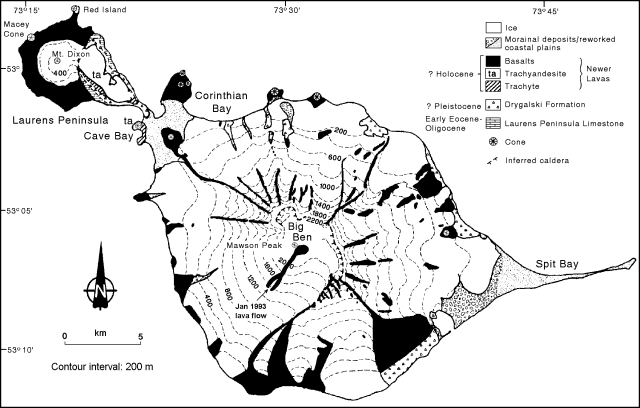

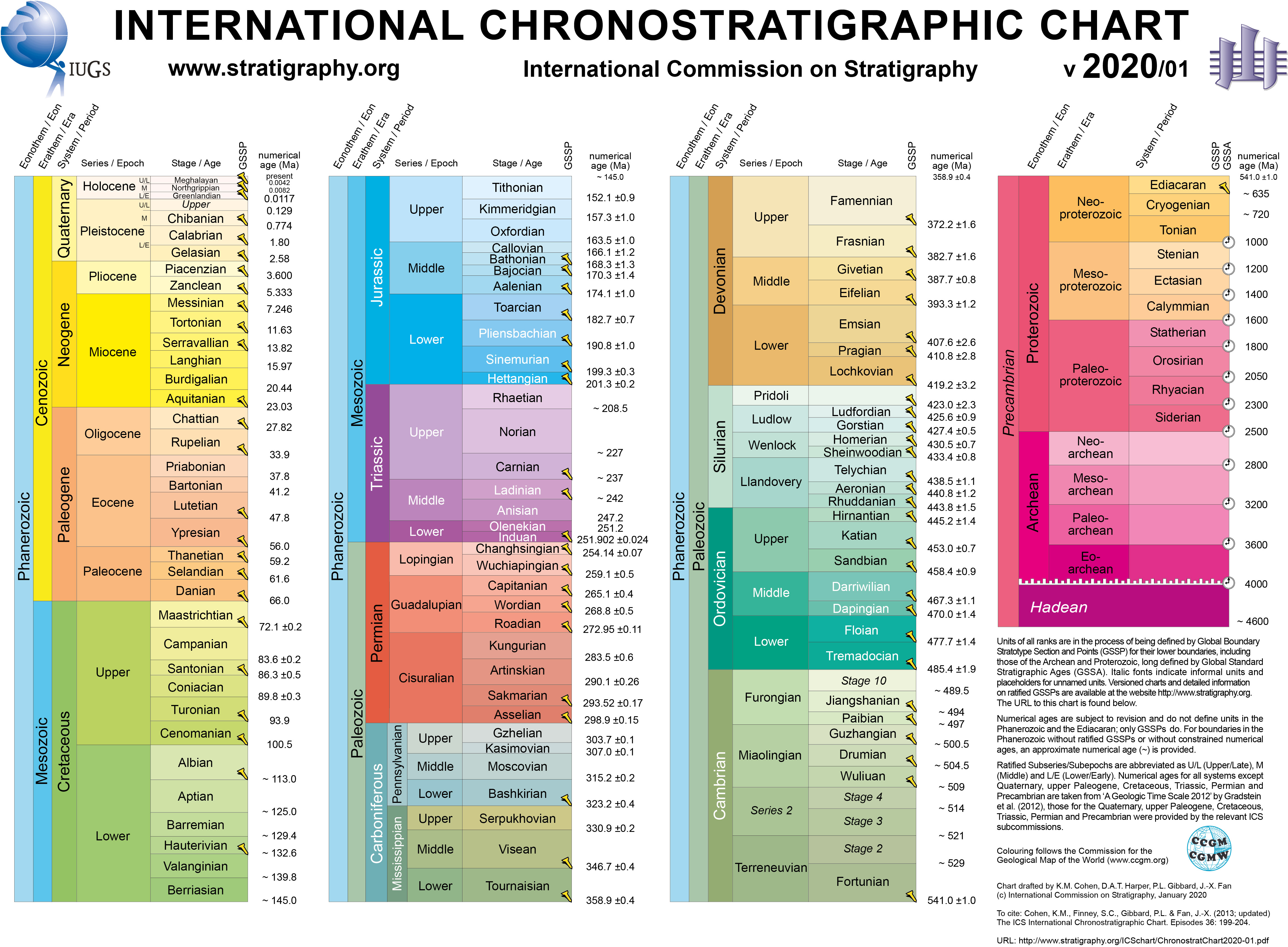




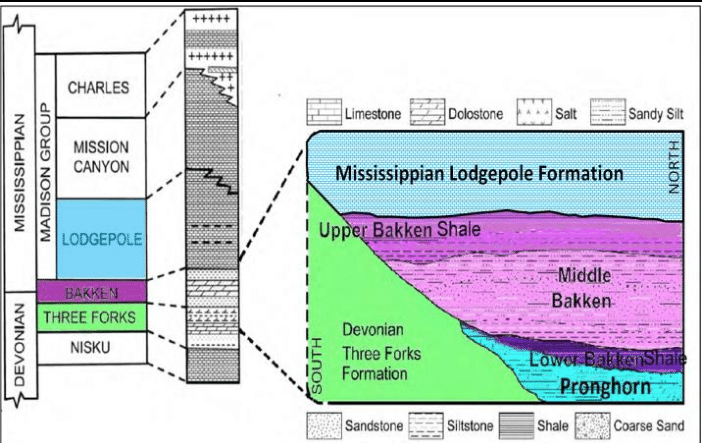


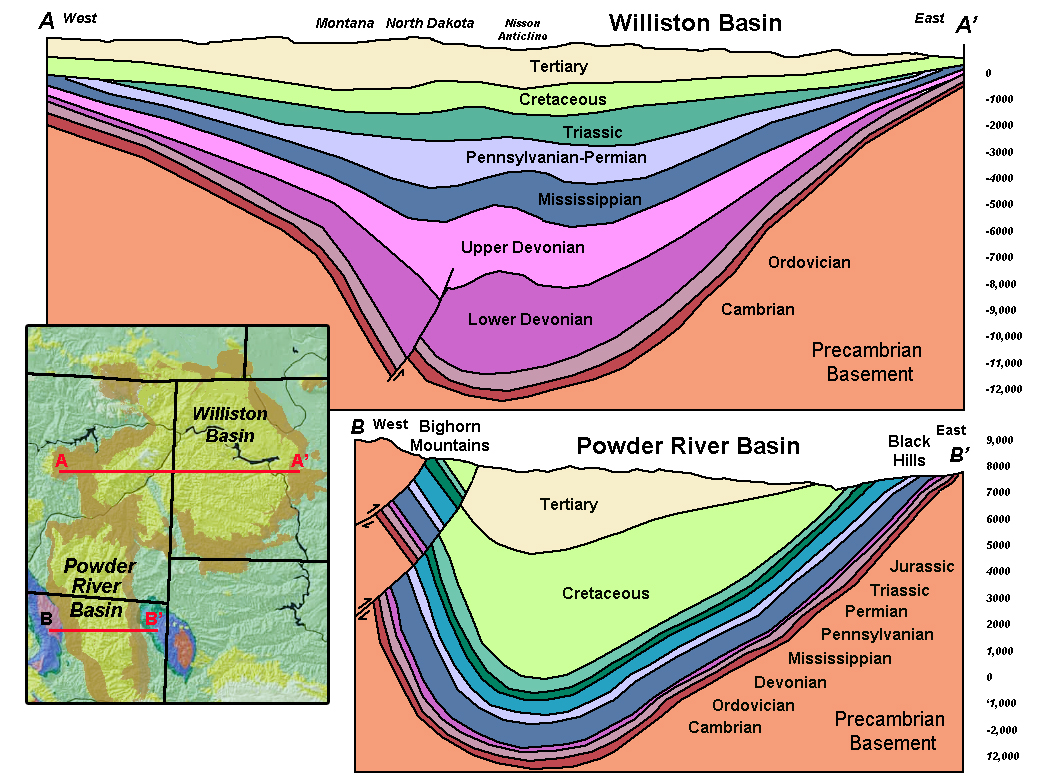
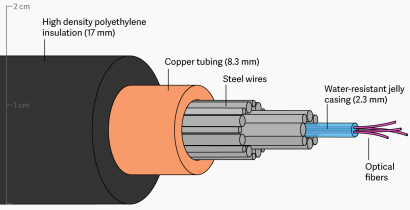
-
Parikka, Jussi. A geology of Media. Minneapolis: University of Minnesota Press, 2015. “history conflates with earth history...the geological materials of metals and chemicals get deterritorialized from their strata and reterritorialized in machines that define our technical media culture” (35)
- Grosz, Elizabeth. Chaos, Territory, Art: Deleuze and the Framing of the Earth. New York: Columbia University Press, 2008. “Art and nature, art in nature, share a common structure: that of excessive and useless production-production for its own sake, production for the sake of profusion and differentiation. (9)
-
per Haraway, “Making Kin” : “In a recorded conversation for Ethnos at the University of Aarhus in October, 2014, the participants collectively generated the name Plantationocene.” Noboru Ishikawa, Anna Tsing, Donna Haraway, Scott F. Gilbert, Nils Bubandt, Kenneth Olwig (interdisciplinary group, including Kenneth Olwig, landscape architecture): the devastating transformation of diverse kinds of human-tended farms, pastures, and forests into extractive and enclosed plantations, relying on slave labor and other forms of exploited, alienated, and usually spatially transported labor
-
Jussi Parikka, The Anthrobscene, 2015: an effort to emphasize the obscenity of anthropocene, “a horrific human-caused drive toward a sixth mass extinction of species”
- Colomina, Beatriz and Mark Wigley. Are we human? Notes on an archeology of design. Zurch, Switzerland. Lars Muller Publishers, 2016. “humans no longer move across a small part of a very thin layer on the skin of the earth, nomadically foraging for resources as if acting lightly on a vast stage. They now encircle the planet with layer upon layer of technocultural nets, posing an ever-greater threat to their own survival” (12)
GEO-to-ATMO
Continuous Stack
- Chisolm, Dianne. “Rhizome, Ecology, Geophilosophy (A Map to this Issue).” Rhizome, Issue 15, Winter 2007. [Deleuze and Guattari’s] ‘geo’ calls to mind John Lovelock's ‘Gaia,’ since, like ‘Gaia,’ it evokes no singular (geological, biological, hydrological, thermodynamical, etc.) activity but, instead, emits a multiplicity of interconnecting ‘geos’—geology, geography, geophysics, and geopolitics, and emerging composites such as geophysiology, geomicrobiology, ad infinitum.”
- Irigaray, Luce. The Forgetting of Air in Martin Heidegger. Translated by Mary Beth Mader. Austin: University of Texas Press, 1999. “Air is at the groundless foundation of metaphysics...” (12)
- Latour, Bruno. We Have Never Been Modern. Cambridge, MA: Harvard University Press, 1993.“...we are always attempting to retie the Gordian knot by crisscrossing, as often as we have to, the divide that separates exact knowledge and the exercise of power - let us say nature and culture.” (3)
- Reed, Patricia. “Orientation in a Big World: On the Necessity of Horizonless Perspectives.” E-flux, #101, June 2019. “Navigation is, above all, a synthetic operation.”
Human Nature
- Zalasiewicz, Jan & Waters, Colin & Williams, Mark & Summerhayes, C. The Anthropocene as a Geological Time Unit. Cambridge University Press, 2019. “Anthropogenic sediments are moved across the surface of the planet via artificial processes that may be contrasted with that of natural sediment-transport systems (described as gravity and aeolian/wind deposit). ..The artificial flux of anthropogenic materials follows no consistent natural pathway” (60)
- Arboleda, Martín. Planetary Mine: Territories of Extraction under Late Capitalism. London: Verso, 2020. “geography of extraction that emerges as the most genuine product of two distinct yet overlapping world-historical transformations: first, a new geography of late industrialization that is no longer circumscribed to the traditional heartland of capitalism (the west), and second, a quantum leap in the robotization and computerization of the labor process brought about by what I will term the fourth machine age” (4)
- Szeman, Imre, Wilson, Sheena, and Carlson, Adam. Petrocultures : Oil, Politics, and Culture. Montreal ; Kingston ; London ; Chicago: McGill-Queen's University Press, 2017. “Extractivist, capitalist production has resulted in what is now being referred to as the Anthropocene: human-induced climate change on such a scale and to such a degree that it can now be mapped within geological time.” (12)
- Mann, Geoff and Joel Wainwright. Climate Leviathan: A Political Theory of our Planetary Future. Londo: Verso, 2018. melting of glaciers is a permanent alteration of the time-keeper and recorder since pre-ice age (55)
Record of Emergency
- Arboleda, Martín. Planetary Mine: Territories of Extraction under Late Capitalism. London: Verso, 2020. Marx’s “enchanted and perverted world” - “...human bodies become possessed (and often obliterated) by uncanny forces and nonhuman objects become animated with powers over life and death, this books unfolds a subversive reading of the planetary: one that takes seriously the class-based, contradictory, and inherently antagonistic dimensions of contemporary sociotechnical systems and ecologies and points toward the possibilities the current industrial era brings for collectively imagining and producing a different kind of modernity.” (18)
- Klein, Naomi. This Changes Everything: Capitalism vs. The Climate. New York: Simon & Schuster, 2014. the economy is at war with many forms of life on earth, including human life (21)
- Parikka, Jussi. The Anthrobscene. Minneapolis: University of Minnesota Press, 2015. “There is a need for a more literal understanding and mobilization of deep times, in terms of depth as well as temporality” (16)